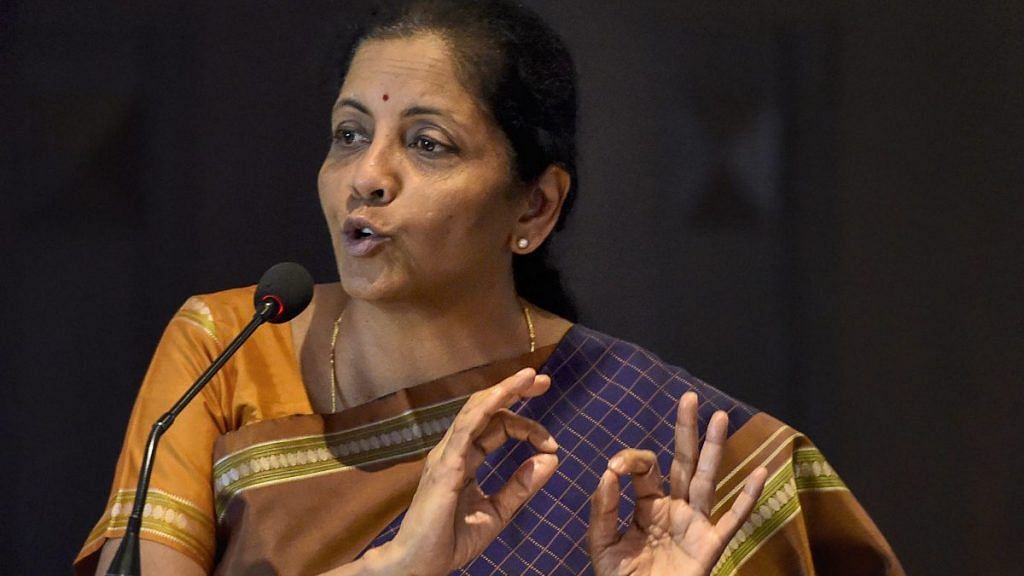Nirmala Sitharaman may have become the butt of jokes, but she has a point about app-based taxi services affecting car demand. Ola and Uber are reported to handle two million rides a day across the country. That could translate into anywhere up to half a million people finding a way to get by without owning cars — cumulatively, not suddenly. Add the reality of expanding metro systems (Delhi’s metro has 2.5 million riders daily), and people finally have real alternatives to car ownership. City bus systems (four million riders in Delhi) were not an alternative, being often slow and usually sweaty.
It goes without saying that the slump in car demand is not just because of app-based taxis. Other factors are at work — the general economic slowdown, the financial sector’s travails that have affected car finance, the choice of many potential buyers to wait for cars compliant with stricter emission norms that kick in next April, and so on. The industry has added to its problems by pushing dealers to stock more and more vehicles. This clogged pipeline will have to be cleared before dealers can place fresh orders. In the interim, it exaggerates the drop in sales to dealers — which is what the industry reports. Some of these factors are specific to the sector and temporary, which is why no other product category has seen a comparable demand slump. It does not help that people also expect a cut in the tax on cars; why buy a car today if it might be cheaper next week?
Also read: Slowdown is choking Tamil Nadu auto hub, but talking about it can get workers fired
App-based taxis come with their own issues. They don’t mean less traffic, or less air pollution; if anything the opposite, because these cars are on the road all day. That would explain why cities in the West are thinking of capping the number of such taxis. On the other hand, think of Gurugram, which, like many smaller cities in India, has virtually no public transport other than one-and-a-half metro lines. App-based taxis save the day for large numbers of people who might otherwise have had to buy their own cars, including second cars in the family.
But the issue goes beyond taxis. For far too long, India has celebrated its auto industry and car ownership while neglecting public transport, not to mention pavements for walkers and lanes for cyclists — all of which any civilised city should have. The country needs to democratise its road spaces, and invest in public buses that are cheaper than metros.
One sympathises with car manufacturers struggling in a difficult market, but it is also obvious that they are milking the situation to try and wrest tax concessions from a harried government that already faces a tax revenue shortfall. To see why this is a questionable exercise, look at Maruti Suzuki’s finances. The company last year had a handsome pre-tax profit margin on sales of 12.6 per cent, with a mammoth Rs 36,500 crore parked as investments. The dividend pay-out has more than doubled over two years. The profit margins elsewhere in the industry are in some cases (e.g. Bajaj Auto and Eicher Motors) even better than Maruti Suzuki’s, while some like Mahindra & Mahindra and Ashok Leyland come in somewhat lower — but still better than the average for the manufacturing sector. If the industry’s stalwarts think car costs are too high for customers, why don’t they lower prices — which a good number of companies in the business can obviously afford to do?
By Special Arrangement with Business Standard
Also read: In Pune auto hub, an engineer is selling paan, another is roaming around with his CV
